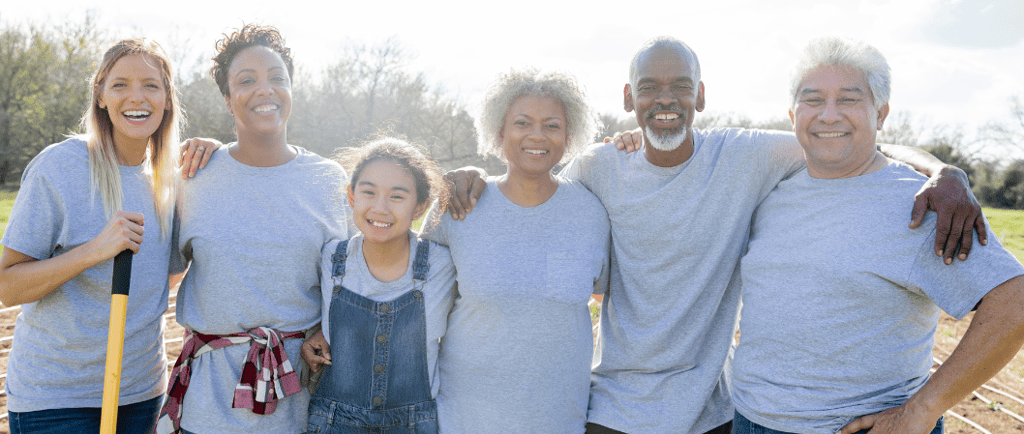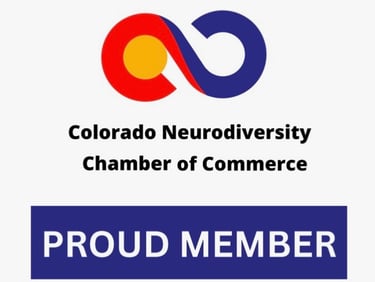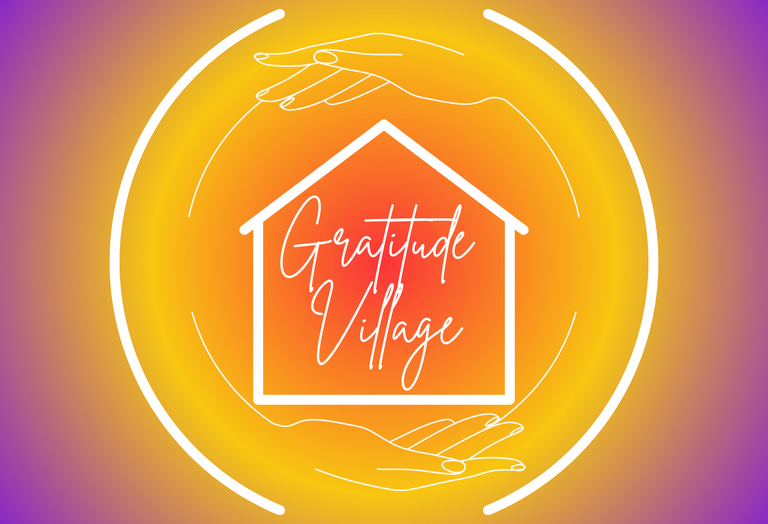Join our next In Person Info Session December 13 from 11am-1pm MST
Lessons in Neighborliness: Building the Ties That Make a Village
Neighborliness is at the heart of thriving cohousing communities. At Gratitude Village Colorado, we believe good neighbors create connection, ease, and resilience. True neighborliness goes beyond proximity — it’s built through small, everyday gestures like shared meals, offering help, listening with respect, and celebrating life together. These simple but powerful practices help foster belonging, trust, and cooperation, making cohousing more sustainable, affordable, and joyful for everyone. By intentionally designing for connection, we’re creating a neighborhood where people don’t just live side by side — they live with one another.
Gratitude Village
10/16/20254 min read


We often talk about cohousing in terms of design — shared kitchens, community gardens, accessible walkways and smart energy systems. But underneath the architecture lies something far more powerful: neighborliness. It’s a simple word. Yet, when you really think about it, being a good neighbor is a skill — and a practice. It’s not something that just happens because homes are close together. It grows over time, through everyday interactions, small gestures, shared responsibilities, and mutual respect.
At Gratitude Village, neighborliness isn’t just a nice idea. It’s part of the foundation we’re building on. We believe that when people choose to live with intention — to know and care for each other — communities thrive.
🌱 Lesson One: It Starts With “Hello”
The first lesson in neighborliness is also the simplest: showing up. A wave across the courtyard, a knock on the door, a smile in passing. These small interactions build trust, familiarity and comfort long before deeper connections form. In many modern neighborhoods, we’ve grown used to keeping to ourselves. Garages close, blinds stay down and interaction is optional. Cohousing flips that script. It encourages us to step outside, to be present with one another in ways that are natural and human.
Neighborliness begins with these everyday hellos — not grand gestures. They’re the foundation on which all other relationships rest. A community where people feel safe to greet each other is a community where collaboration can grow.
🤝 Lesson Two: Offer Help Freely (and Receive It, Too)
One of the quiet truths of community life is that mutual support makes daily life easier. When a neighbor brings in your package while you’re away or offers a ride to the store, it’s more than convenience — it’s connection. But neighborliness is a two-way street. It means not only offering help but being willing to accept it. For many of us, that can feel vulnerable. We’re used to being self-reliant, and receiving help can feel uncomfortable at first. But when everyone gives and receives, it creates balance.
At Gratitude Village, we imagine a community where support flows naturally. Someone helps in the garden; someone else watches a child for an hour; another shares tools or time. These small acts knit a neighborhood together more powerfully than any meeting agenda or building plan.
🪴 Lesson Three: Embrace Differences with Curiosity
Neighborliness isn’t about everyone being the same. In fact, one of the strengths of cohousing is its diversity of people — different ages, perspectives, backgrounds, abilities and experiences. Differences can be challenging, but they can also be enriching. When we choose curiosity over judgment, and listening over assumptions, relationships deepen. Sometimes it’s as simple as asking, “Tell me more about why this matters to you.”
A truly neighborly community isn’t one where everyone agrees all the time. It’s one where people respect each other enough to listen and stay in relationship even when they don’t. That’s how a neighborhood becomes resilient.
🍲 Lesson Four: Sharing Builds Trust
Whether it’s a meal, a tool or a laugh on a front porch, sharing is a powerful neighborly act. Many of us grew up in a time when borrowing a cup of sugar or helping rake someone’s leaves was a normal part of life. In cohousing, we’re bringing that back — intentionally. Shared meals, for example, aren’t just about food. They’re about weaving lives together. When people break bread side by side, they build a kind of trust that can’t be replicated by meetings or policies.
Trust grows in the in-between moments: a casual chat at the mailbox, a shared laugh during cleanup, a group of kids playing while parents linger on the path. These aren’t “programmed” events; they’re organic moments of neighborliness that shape the soul of a community.
🧭 Lesson Five: Conflict Is Not the Enemy
When people live closely together, conflict is inevitable. It’s easy to see it as a problem, but conflict can actually be one of the best teachers of neighborliness. In cohousing, conflict isn’t something to avoid — it’s something to navigate with respect and care. That might mean slowing down, listening fully, or finding creative compromises. It might mean agreeing to disagree, while still showing up for each other the next day.
This is where strong community agreements and shared values make a difference. But ultimately, it’s neighborliness that makes those agreements work. When trust is built over time, conflict doesn’t have to divide — it can deepen understanding.
🌻 Lesson Six: Celebrating Together Matters
Community isn’t built on logistics alone — it’s built on joy. Celebrations, traditions, and shared experiences give a neighborhood its heartbeat. Whether it’s a seasonal potluck, a shared holiday, a spontaneous sing-along, or a group hike, these moments create a sense of belonging that lasts.
Being a good neighbor includes celebrating each other’s milestones — birthdays, new jobs, retirements, kids graduating, garden harvests. These small acknowledgments remind us that we’re part of each other’s lives. Joy is a glue. It holds us together in the good times so that when hard times come, the bonds are already strong.
🧡 Lesson Seven: Neighborliness Is a Practice
Perhaps the most important lesson of all is that neighborliness is something we practice. It doesn’t just happen because we live close to each other. It happens because we make intentional choices, again and again, to connect, care, and collaborate. At Gratitude Village, we’re not just designing sustainable buildings — we’re creating a culture of belonging. We know it won’t always be perfect. But we also know that when people commit to neighborliness, the result is a neighborhood where everyone can feel seen, valued, and supported.
✨ Looking Ahead
As Gratitude Village takes shape, we’re not just building homes. We’re building a place where neighborliness thrives — where hellos are easy, support is shared, and joy is part of everyday life. These lessons in neighborliness aren’t new. They’re ancient. They’re the way humans have lived for most of history — connected, interdependent, and part of something bigger than themselves.
And in a world that can feel increasingly disconnected, they’re exactly what many of us are longing for.
COMMUNITY
Join us in embracing nature, diversity and connection.
Sustainability
DIVERSITY
info@gratitudevillageco.com
720-689-4821
© 2025. All rights reserved.
AFFORDABILITY
Gratitude Village Inc. is a 501(c)3 charitable corporation that values diversity, equity, and inclusion as essential to our mission
Subscribe to our Substack
Refund Policy




Gratitude Village is a Proud Member of these organizations
